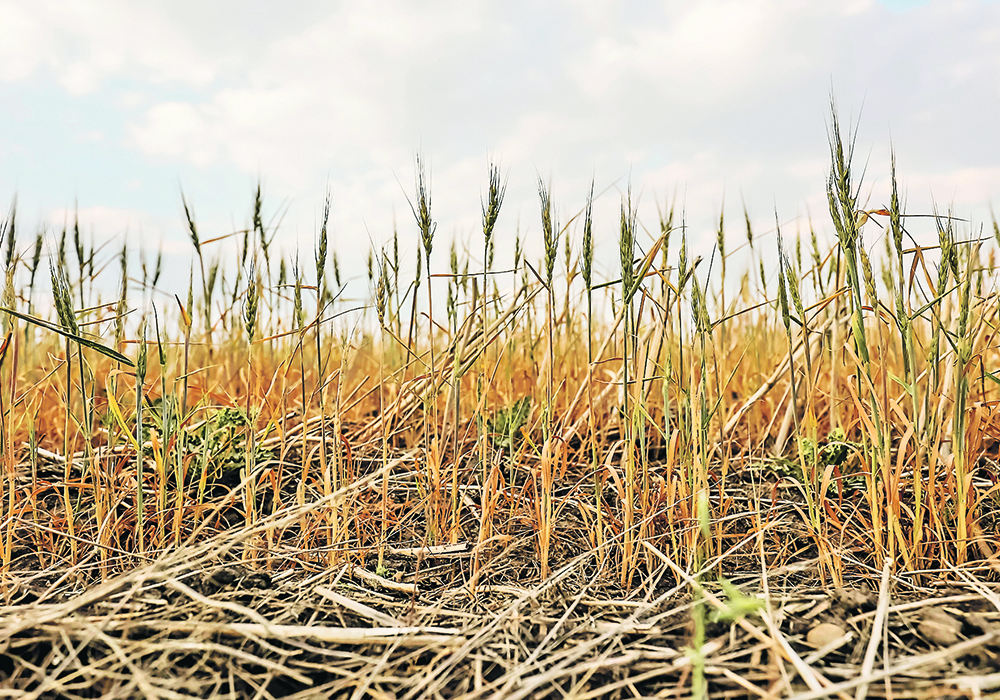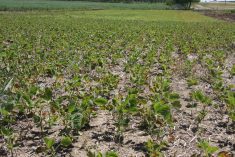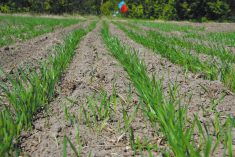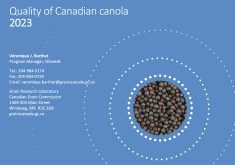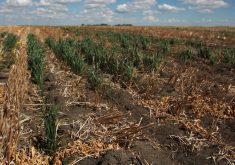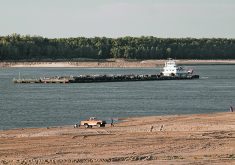October rains brought much-needed drought relief to portions of the American Northern Plains and Canadian Prairies.
The welcome fall precipitation was particularly plentiful in the Dakotas, western Minnesota and central and southern Manitoba.
“This rain event that took place across these areas was huge in at least reducing some of the fear that we wouldn’t be able to get a crop in the ground,” said Drew Lerner, president of World Weather Inc.
He stressed that the October moisture has not eliminated the drought. There are still many areas that are “critically dry” such as eastern and southern Alberta, the western two-thirds of Saskatchewan and portions of Montana.
Read Also

Volatile temperatures expected for this winter
DTN is forecasting a lot of temperature variability in the Canadian Prairies this winter. Precipitation should be close to average.
But the system provided “significant relief” for the areas that were lucky enough to receive rainfall during the Oct. 11–14 downpour.
It delivered 25 to 75 millimetres of moisture through much of the affected region and 100 to 125 mm in localized areas.
There should now be enough moisture for proper germination come spring in those regions.
DTN meteorologist Bryce Anderson called it “flash drought relief” for the Northern Plains region of the United States, although he noted that is not an official meteorological term.
“The rains have arrived and (that) translated into significant drought easing,” he said in a recent column.
An estimated 50 percent of North Dakota was in severe to exceptional drought as of Oct. 26, according to the U.S. Drought Monitor. That is down from 95 percent as of Sept. 7.
The portion of South Dakota in severe to exceptional drought fell to 33 percent from 66 percent during that same timeframe, noted Anderson.
He said the emergence of a La Nina weather event is resulting in a more active northern jet stream, which has put the U.S. Northern Plains in a “promising storm track” for the remainder of fall and through winter.
Lerner reiterated that it is premature to celebrate the end of the drought that slashed crop yields throughout much of the U.S. Northern Plains and Canadian Prairies in 2021.
He recently spoke to a farmer from Leader, Sask., who is in the epicentre of the drought.
“He told me he dug down eight feet and saw powder all the way down.”
Lerner does not anticipate any more significant fall moisture events before freeze-up.
The good news is that a classic La Nina should produce frequent winter precipitation events in southern Alberta and Montana, two areas that missed out on the fall rains.
That moisture won’t be able to work its way into the frozen turf but it should lead to improved spring run-off in those areas.
The bad news is that Saskatchewan will be the region with the poorest levels of winter precipitation with the exception of the southwestern corner of the province, he said.


